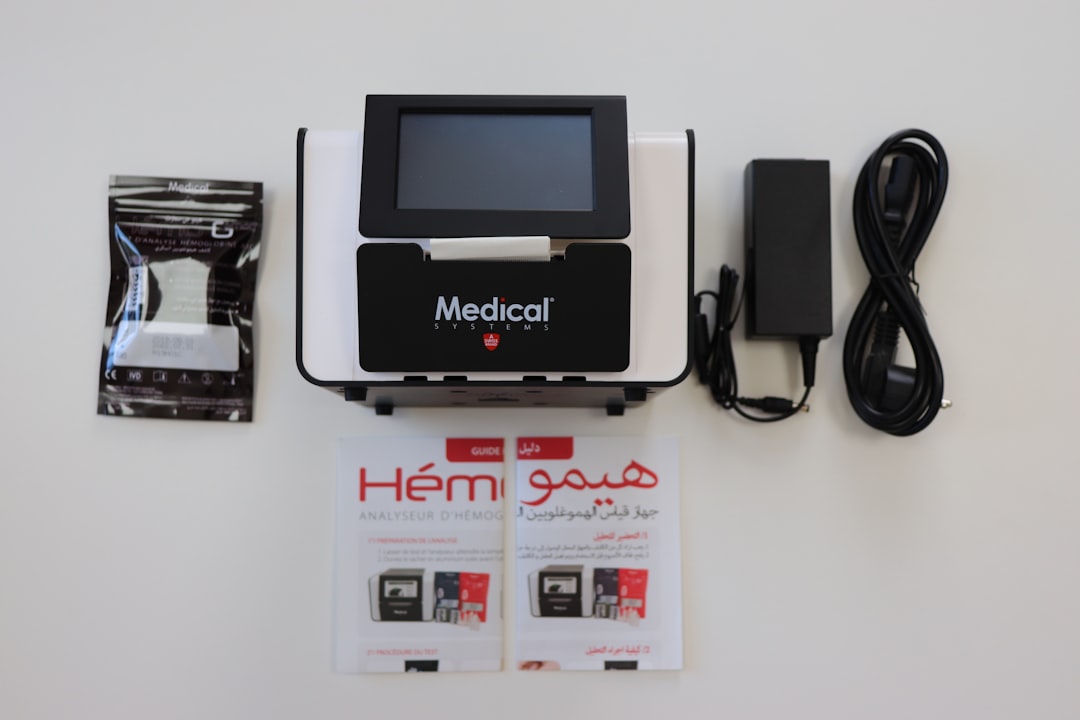What is it about?
Generally, a large pedunculated polypoid lesion with a diameter exceeding 10 mm is often indicative of T1a GBC, while a protruded lesion larger than 10 mm in diameter may be classified as T1a GBC, T1b GBC, or T2 GBC, depending on the absence or presence of a deep hypoechoic area and the characteristics of the outermost hyperechoic layer. Regarding the lesion in the gallbladder fundus, Kimbrow et al. documented that it was a heterogenous solid mass with internal vascularity measuring 4 cm in the longest diameter. However, they did not describe the shape of the lesion or the characteristics of the outermost hyperechoic layer. These latter two aspects denote the relationship between the solid mass and the gallbladder wall beneath the lesion, as well as GBC invasion depth. Kimbrow et al. stated that the MRI suggested the other lesions besides the solid mass in the fundus. The ultrasound image demonstrated in the article seems difficult to understand without arrows indicating the ‘hypoechoic area of possible tumor invasion.’ It would be preferable to present this finding with gallbladder in a longitudinal (intercostal) sonographic view instead of a transverse (subcostal) sonographic view. Additionally, it is crucial to depict the ‘multifocal gallbladder masses with local direct invasion of the liver’ on ultrasound as well as MRI.
Featured Image

Photo by Vincent van Zalinge on Unsplash
Why is it important?
Patients with an early (T1) GBC, confined to mucosa (T1a) or muscle layer (T1b), have a good prognosis. Furthermore, radical resection provides a favorable prognosis for patients with GBC limited to shallow subserosal invasion (subserosal-invasion depth ≤ 2 mm: shallow T2). Hence, diagnosing T1 or shallow T2 GBC is crucial.
Perspectives
Although the patient underwent open extended radical cholecystectomy, the article lacks histopathological details, including T-staging. Readers would appreciate it if the authors could include this information, along with the suggested ultrasound images, and compare them with the loupe view of the resected specimen in their response.
Ph.D., M.D. Taketoshi Fujimoto
Iida Hospital
Read the Original
This page is a summary of: Letter to the Editor: Early Sonographic Detection of Gallbladder Carcinoma Can Improve Patient Outcomes: A Case Report—by Kimbrow. How is T1 or Shallow T2 Gallbladder Carcinoma Depicted With Sonography?, Journal of Diagnostic Medical Sonography, April 2024, SAGE Publications,
DOI: 10.1177/87564793241241521.
You can read the full text:
Contributors
The following have contributed to this page










